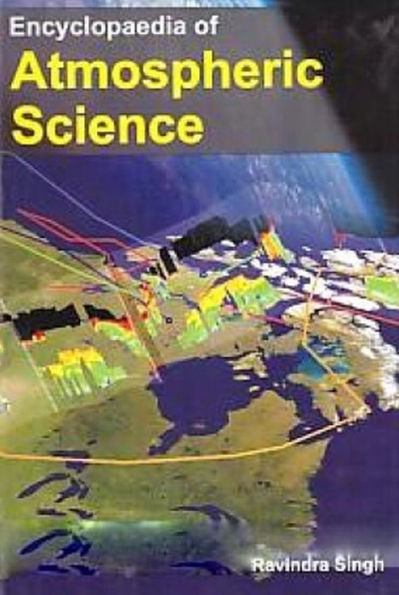In most circumstances atmospheric pressure is closely approximated by the hydrostatic pressure caused by the weight of air above the measurement point. Low pressure areas have less atmospheric mass above their location, whereas high pressure areas have more atmospheric mass above their location. Similarly, as elevation increases there is less overlying atmospheric mass, so that pressure decreases with increasing elevation. A column of air one square inch in cross-section, measured from sea level to the top of the atmosphere, would weigh just over a stone. Atmospheric chemistry is a branch of atmospheric science in which the chemistry of the Earth’s atmosphere and that of other planets is studied. It is a multidisciplinary field of research and draws on environmental chemistry, physics, meteorology, computer modelling, oceanography, geology and volcanology and other disciplines. Research is increasingly connected with other areas of study such as climatology. The composition and chemistry of the atmosphere is of importance for several reasons, but primarily because of the interactions between the atmosphere and living organisms. The composition of the Earth’s atmosphere has been changed by human activity and some of these changes are harmful to human health, crops and ecosystems. Examples of problems which have been addressed by atmospheric chemistry include acid rain, ozone depletion, photochemical smog and global warming. Atmospheric chemistry seeks to understand the causes of these problems, and by obtaining a theoretical understanding of them, allow possible solutions to be tested and the effects of changes in government policy evaluated. This encyclopaedia provides updated information on various aspects of this subject. This encyclopaedia will be invaluable to students dealing with this topic.
In most circumstances atmospheric pressure is closely approximated by the hydrostatic pressure caused by the weight of air above the measurement point. Low pressure areas have less atmospheric mass above their location, whereas high pressure areas have more atmospheric mass above their location. Similarly, as elevation increases there is less overlying atmospheric mass, so that pressure decreases with increasing elevation. A column of air one square inch in cross-section, measured from sea level to the top of the atmosphere, would weigh just over a stone. Atmospheric chemistry is a branch of atmospheric science in which the chemistry of the Earth’s atmosphere and that of other planets is studied. It is a multidisciplinary field of research and draws on environmental chemistry, physics, meteorology, computer modelling, oceanography, geology and volcanology and other disciplines. Research is increasingly connected with other areas of study such as climatology. The composition and chemistry of the atmosphere is of importance for several reasons, but primarily because of the interactions between the atmosphere and living organisms. The composition of the Earth’s atmosphere has been changed by human activity and some of these changes are harmful to human health, crops and ecosystems. Examples of problems which have been addressed by atmospheric chemistry include acid rain, ozone depletion, photochemical smog and global warming. Atmospheric chemistry seeks to understand the causes of these problems, and by obtaining a theoretical understanding of them, allow possible solutions to be tested and the effects of changes in government policy evaluated. This encyclopaedia provides updated information on various aspects of this subject. This encyclopaedia will be invaluable to students dealing with this topic.

Encyclopaedia of Atmospheric Science
306
Encyclopaedia of Atmospheric Science
306eBook
Related collections and offers

Product Details
| ISBN-13: | 9789353146771 |
|---|---|
| Publisher: | Arts & Science Academic Publishing |
| Publication date: | 06/30/2013 |
| Sold by: | Barnes & Noble |
| Format: | eBook |
| Pages: | 306 |
| File size: | 493 KB |
